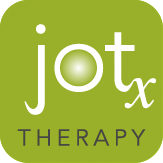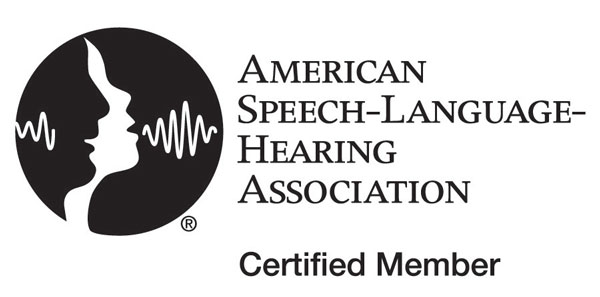It’s still January! It’s still appropriate to talk about setting goals. As a therapist, when I hear the phrase “set goals” my eyeballs immediately roll back in my head. Let’s not talk about *those* types of goals.
Let’s talk about personal and/or small business goals. I prefer to think of it as a vision for where you want to end up. It’s so much easier to visualize yourself doing the things you love to do a year from now than it is to sit down and write a goal. I recently read an inspiring article from David Stowell’s Business tip of the Week for Private Practice Owners, “ The Two Secret Things You MUST Do After You’ve Set Your Goals for 2014”
He shared some cool statics on goals collected through a research study conducted by Dave Kohl, a professor emeritus at Virginia Tech:
- 80 percent of Americans say they don’t have goals
- Another 16 percent do have goals but they don’t write them down
- Less than 4 percent write down their goals
- Less than 1 percent who have goals review them regularly
Obviously the folks in the last group are more successful at meeting their goals and not surprisingly they make significantly more money in their lifetimes than those who don’t have goals (nine times more money according to David Stowell.)
Okay, so you see yourself doing the things you love to do a year from now and you write down on paper what those things are. You’ve got your goals. So What?
According to Stowell you also have to have a plan to accomplish your goals. These are the two secret things you must to for success: 1) Create an Action Plan
2) Put those Action Items on your Calendar with a fixed date.
Now all therapists know how to break a long term goal (your vision) into shorter goals that can be accomplished in a few weeks (your action plan), and we all know how fixing a date to a goal works out… The date will be a bit off. Don’t worry about that detail. Hold on to your vision and execute your plan.
I once heard a quote, “Vision without planning is daydreaming. Planning without vision is drudgery.” Best of luck with your Vision for this year and your plan to get there!





